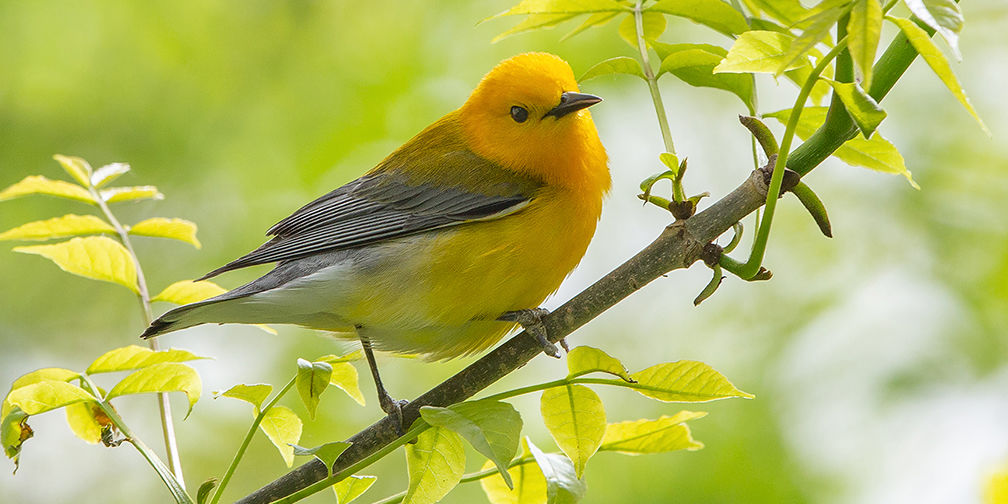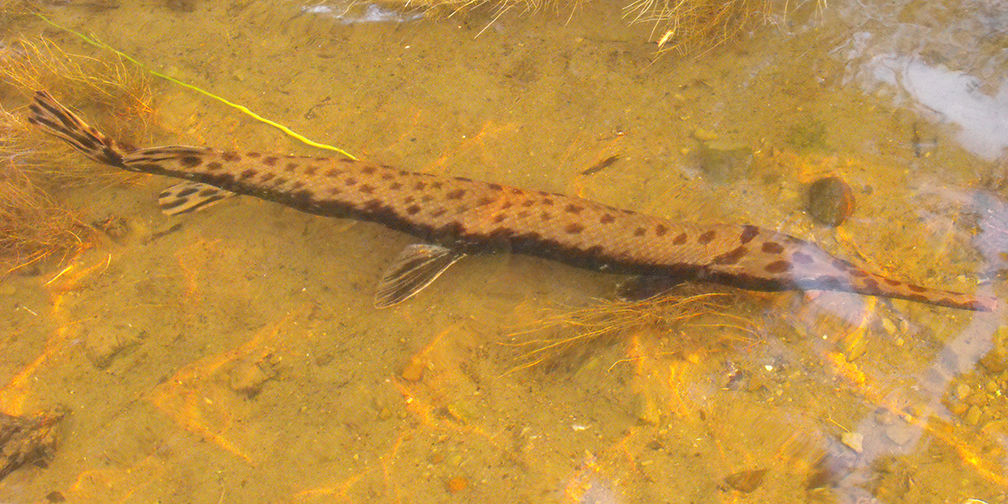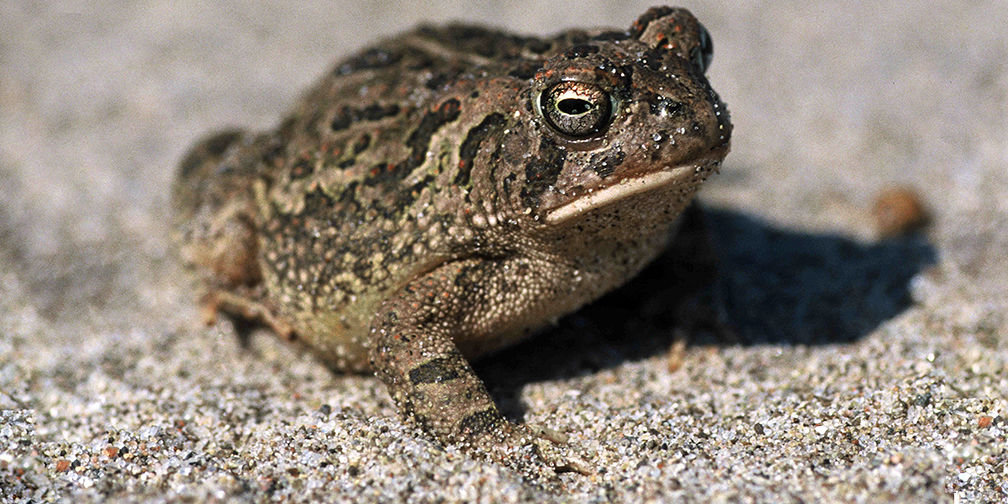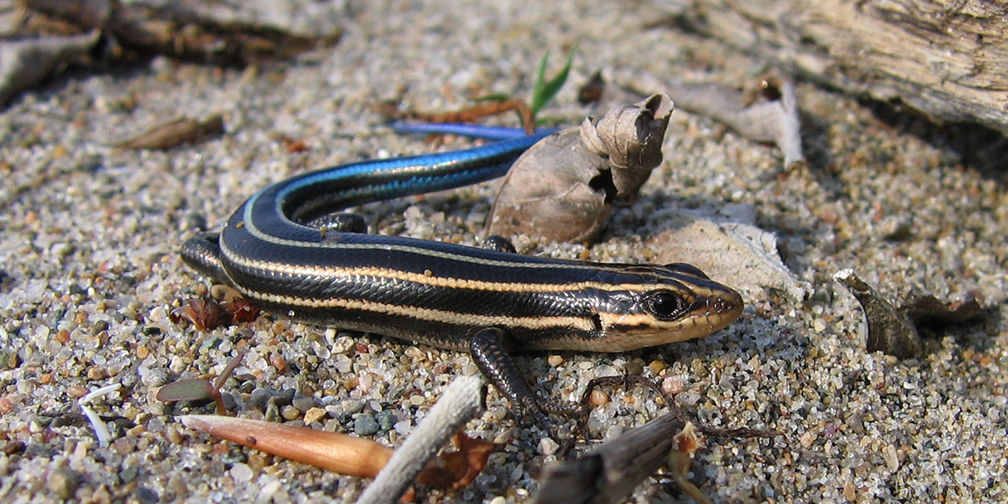Ontario Nature Blog
Receive email alerts about breaking conservation
and environmental news.
© Lora Denis
Nodding pogonias © David McAdoo CC BY 2.0
Patience may be a virtue, but in the case of Rondeau Provincial Park, we’ve waited long enough. For over 60 years, the Government of Ontario has acknowledged the need to phase out private cottages in provincial protected areas, such as Rondeau Provincial Park. And now it’s proposing a three-year extension of the leases while it figures out “an alternative option for the long-term occupation of cottage lots in Rondeau Provincial Park.”

What does “long-term occupation” mean? Rumour has it that the government is contemplating 99-year leases or worse – selling the lots to the cottagers. The government contact at the Ministry of Environment, Conservation and Parks is unwilling to say. But either way, long-term occupation of any sort is bad news for Rondeau and the people of Ontario.
Ontario’s Provincial Parks are dedicated to the people of Ontario. Everyone should have equal access for their inspiration, education, health, recreational enjoyment and other benefits, not just privileged cottagers.

Rondeau is renowned for its exceptional biodiversity which includes rare dune, prairie and savannah ecosystems, a provincially significant wetland, and the largest remaining tract of deciduous forest in Carolinian Canada. These provide habitat for over 80 species at risk, the highest of any Ontario Provincial Park, including prothonotary warbler, Fowler’s toad, five-lined skink, spotted gar and nodding pogonia (one of only two locations in Canada for this endangered wildflower). Over 300 nationally, provincially or locally significant plant species, and over 1,700 insect species – many of which are found in only a few places in Ontario – are also among its inhabitants.

Most of Rondeau’s 282 private cottage lots are located within its nationally rare freshwater dune ecosystems, occupying about 67% of park’s Lake Erie shoreline.
According to government assessments, the private cottages are not only causing harm to species at risk and rare vegetation communities, but are also leading to elevated concentrations of phosphorous and nitrates in groundwater, the release of contaminants in soils and sediments, and erosion. These negative impacts are the result of cottage structures, vegetation removal and mowing, foot paths, road mortality, invasive species introduction, pets (dogs and cats) and more.

The proposal for long-term occupation of the park runs contrary to the guiding management principle for Ontario’s Provincial Parks, which is to maintain ecological integrity and leave them unimpaired for future generations. Private cottages are demonstrably incompatible with this goal. The need to put nature first in this small and extremely biodiverse protected area could not be more obvious.

Gananoque Lake Nature Reserve © Smera Sukumar
Thank you for providing leadership on issues like this and rallying nature lovers to raise our voice to public officials. Your membership of naturalists across Ontario could be a major force for nature because they know the value of what needs protected and hold a deep desire to do so.
I write articles on energy and environment and water conservation for Harrowsmith Magazine as well as my own blog for the Quinte Region: http://www.quintegreentrail.com which has a link to Facebook.
Here is what I added to your form letter to the minister.
Our province is at a point where more people are using the parks and venturing into wild areas, yet our parks and preserves are limited and even shrinking. With an eye to the future we must not only stop the loss and urbanization of parks, but expand them by purchasing adjacent undeveloped properties and creating new wildland preserves before cottage and recreational development raises the price.